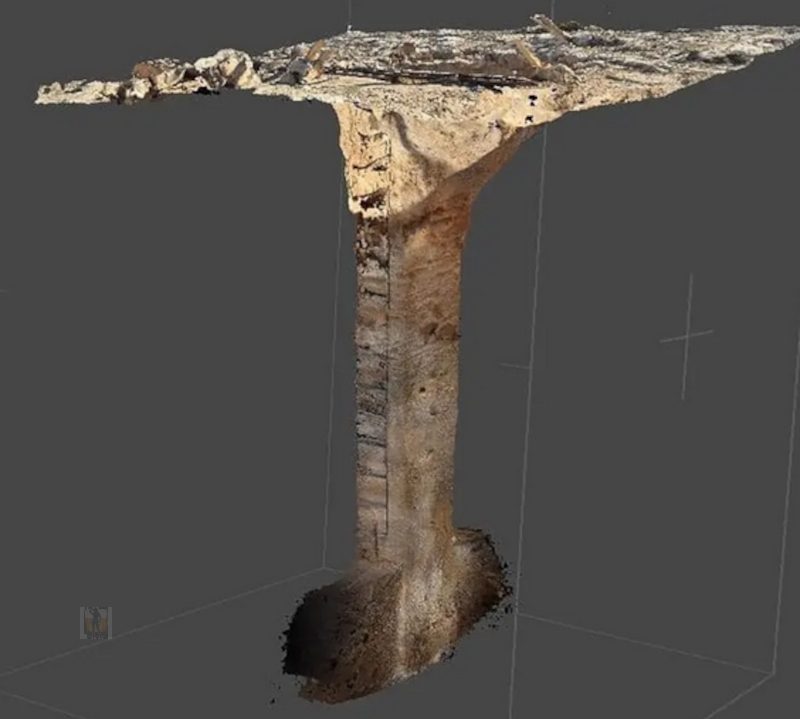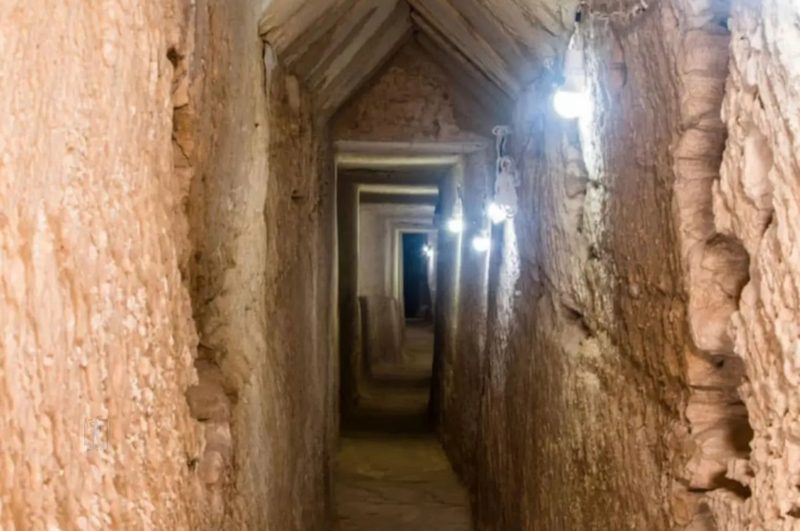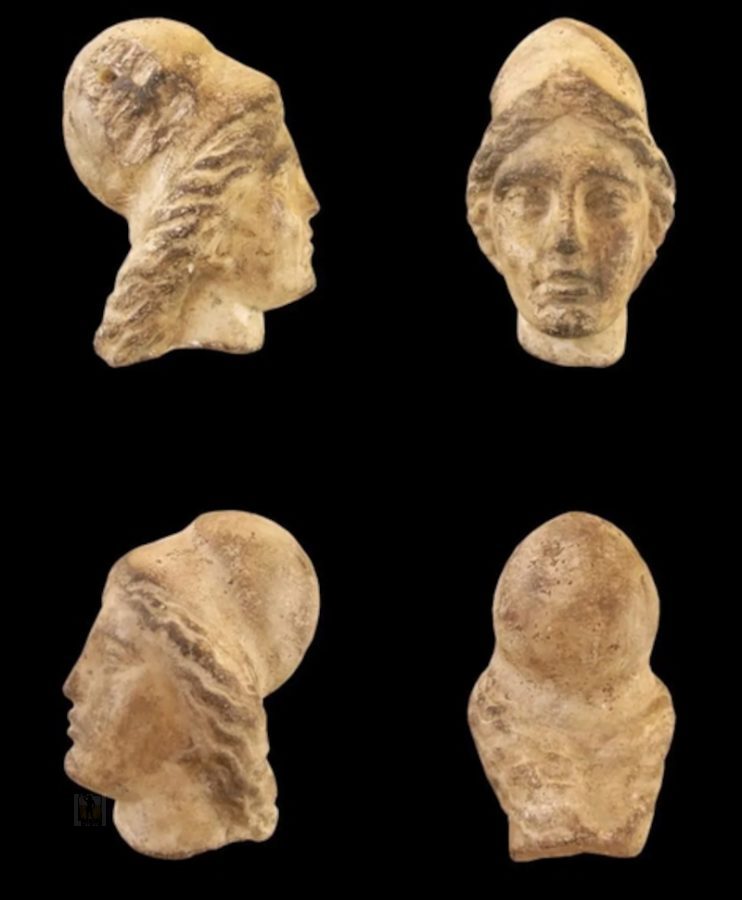The elusive tomb of Egyptian Queen Cleopatra may have been discovered. A team of those guys who do their digging with a paintbrush, working an archaeological excavation in Egypt, came across an astounding tunnel hidden beneath a temple. They’re keeping their fingers crossed but are afraid to get their hopes up too high. Clues suggest that Cleo may be down there somewhere but they’re afraid to make a big fuss. They could find the same thing Geraldo Rivera did when he took two hours building up to the big blasting open of Al Capone’s safe of TV. He found it empty.
Tomb of Queen Cleopatra
A “massive” tunnel was revealed by “an Egyptian-Dominican archaeological research team from the University of Santo Domingo,” New York Post reports. With a lot of luck, they hope to prove it is “the long-lost tomb of Queen Cleopatra.”
They found it just west of Alexandria in the area near the Temple of Tapozeris Magna. The Minister of Tourism and Antiquities was grinning from ear to ear when he announced the news last week.
Plunging an amazing four stories below ground, the tunnel itself is roughly “6.5 feet high from ceiling to floor and runs for nearly a mile long at 4,281 feet,” Dr. Mustafa Waziri explains. He’s Secretary-General of the Supreme Council for Archaeology.

Along with suggestions that Cleopatra is involved in some way, a “preliminary study of the tunnel suggests that it’s similar in construction to the Jubilinos tunnel in Greece, but longer.”
The temple which sits at ground level above the tunnel has been a popular site for archaeological exploration.
Previous digs turned up “coins bearing the names of both Queen Cleopatra and Alexander the Great.” The place is also littered with statues of Egyptian goddess Isis. That’s another big clue.

The right time frame
Those who believe that “the tunnel could lead to the undiscovered tomb of Cleopatra” note she “lived between 69 B.C. and 30 B.C. and was the final ruler of the Ptolemaic Kingdom of Egypt before the Roman Empire took over.”
That means that there should be a whole lot of historic evidence about her. More than has been found so far.
According to Claire Gilmour, a Ph.D. candidate in anthropology and archaeology at the University of Bristol, “searches for her burial place over time have largely rested upon accounts in Classical sources.” Those would be Plutarch and Cassius Dio.

Also, “modern investigations have mostly veered between Alexandria as the capital at the time of Cleopatra VII (including underwater surveys as some of the city has become submerged) and Taposiris Magna, which could have been chosen for its links with the goddess Isis, with whom Cleopatra closely associated herself.”
Best known for her earthshaking love affair with Roman politician and general Marc Antony, Cleopatra is widely believed to “have committed suicide in Alexandria to avoid being paraded through Rome as a war prize.” The tunnel was discovered in Taposiris Magna. During the time of Cleo’s reign, it would have been “a huge religious site and it is also only about 30 miles west of Alexandria.”
Summing up the find’s potential, Roland Enmarch calls the tunnel “a fascinating discovery, though its precise function has still to be clarified. It would be exciting, but also rather surprising, if the famous queen Cleopatra were buried at Taposiris Magna.” That’s because her “family had already built their tombs in Alexandria and she was likely hiding there when she took her own life.“








Leave a Comment